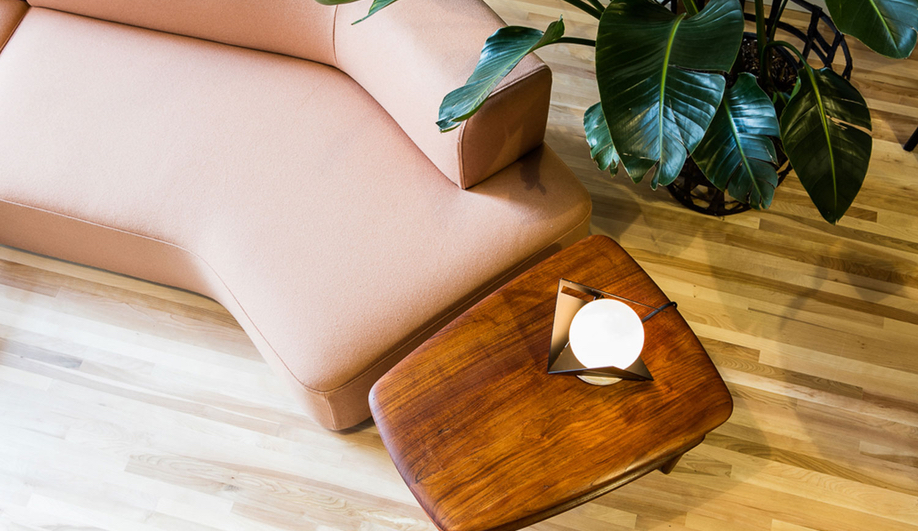
The concept of selling products directly to buyers – and cutting out the money-siphoning middleman – is as old as marketplaces themselves. Yet the direct-to-consumer model, ancient as it is, has once again become the bedrock for countless digital-first businesses, many of which are upending entire industries: Casper and Endy have become dominant mattress companies. Everlane, with its Leong Leong-designed storefronts, has become a creative-class fashion staple. Then there’s Harry’s affordable razors. Or Quip, the so-called Tesla of toothbrushes. The list goes on.
This trend has also expanded into furniture. There are now plenty of online-first Canadian design sources, including Ottawa’s excellently curated The Modern Shop and the newly minted Fabrique1840, that together represent a new breed of retailer changing how products are designed, purchased and shipped. But perhaps the most interesting in this group are Article, which is enjoying unprecedented success thanks to its customer-first approach, and Élément de Base, which is pushing the quality of online-ordered furniture.
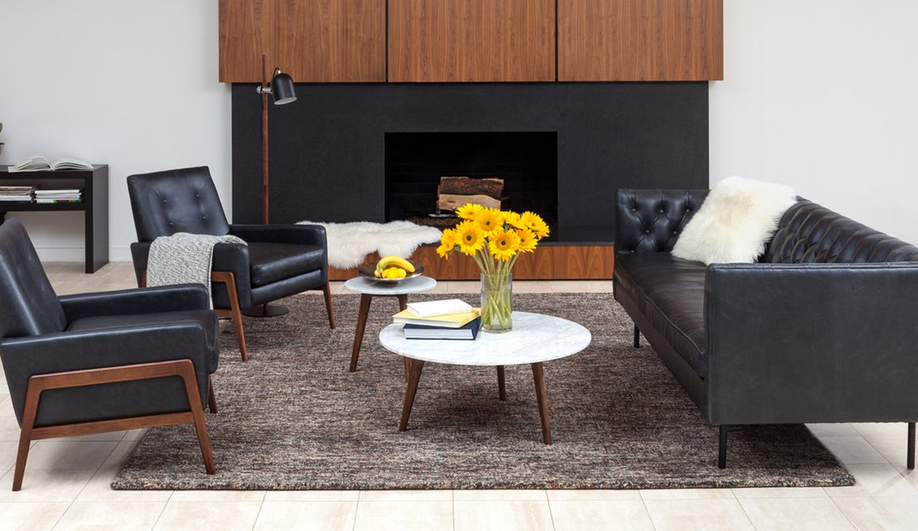
Any conversation around furniture startups – not just in Canada, but globally – begins with Article. If you’ve searched for residential or office furniture in the last two years, you’re likely familiar with the brand: its ads, with on-trend mid-century modern- and Scandi-inspired products, have been staples on Instagram and Facebook. The broad appeal of its aesthetic is a driving force of its stunning ascent: the Vancouver-headquartered brand is Canada’s fastest growing company, having topped Canadian Business‘ 2018 Growth 500 ranking. In cold, hard numbers, it has achieved 56,581 per cent revenue growth in five years, having shipped more than 200,000 orders to date.
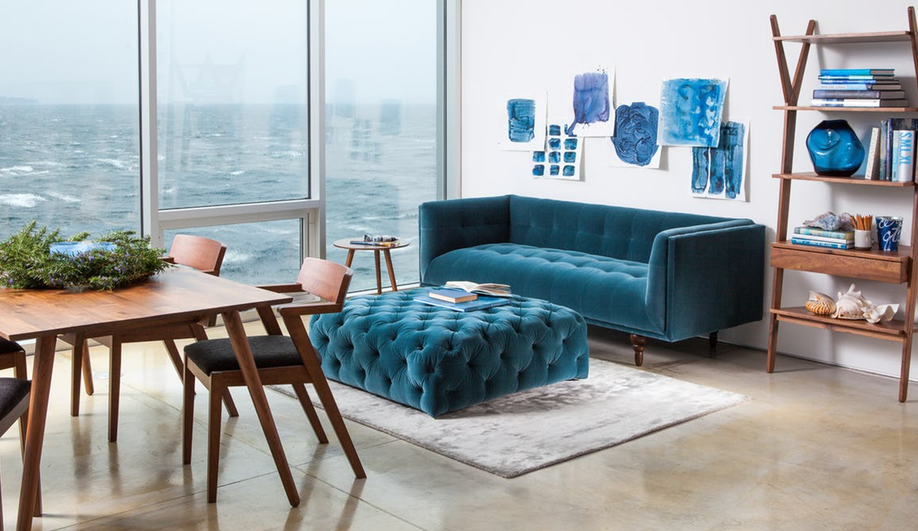
Despite the fact that it sells everything from outdoor furniture to ottomans, Article is at its core a tech company. Founded by four engineers, it counts among its primary goals an aim to improve the furniture-buying experience. “People were paying way too much for inconsistent product quality. Coupled with lengthy delivery times, the entire shopping experience didn’t evolve in line with customers’ expectations,” Article CEO Aamir Baig says. “We wanted to improve the end-to-end experience and offer something remarkably better than what was currently available.
“We believe a digital-only model solves a lot of the frustrations of buying furniture.”

Baig says that Article specifically wanted to handle product, customer service, marketing and logistics differently. Online retail relies heavily on testimony – because customers rarely get a chance to touch product – so the brand focused on fostering positive relationships: 80 per cent of its products are delivered in less than two weeks, and it prides itself on personalized customer care. “Customers can call us on the phone and talk to a real person who sits within 50 metres of my desk,” says Baig. “The average call-wait time is six seconds.”
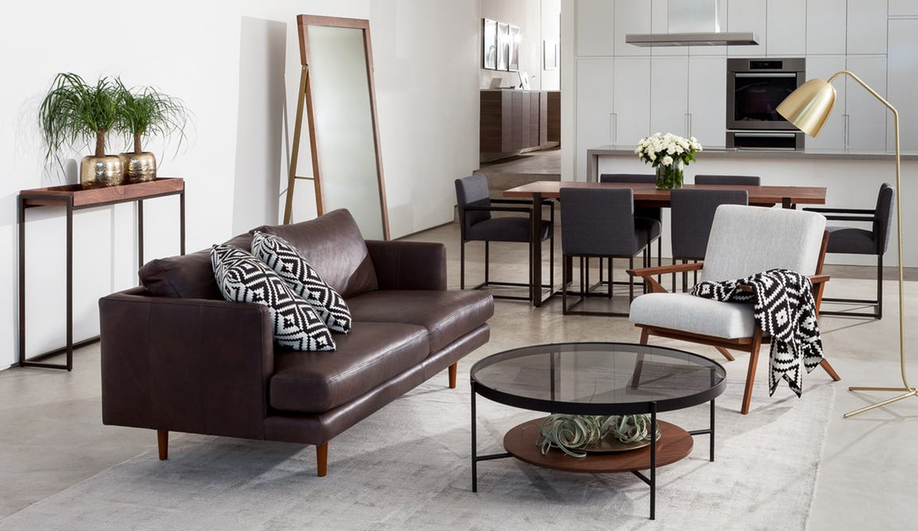
But Baig understands that a customer experience won’t go far without a solid product. He says that Article curates and designs furniture in-house – at its massive Strathcona headquarters – and sources marble from Greece and Italian-tanned leather from Argentina. Its furniture is ultimately assembled in Asia. The goal, Baig says, is to elevate the user’s environment – which is evident in Article’s detailed product descriptions and crisp photography. “We approach our design with the mindset of creating well-designed solutions for spaces.”
If the Vancouver brand is betting on customer experience and long-lasting appeal, Montreal’s Élément de Base is focused on creating distinctive pieces – made easy-to-order through a digital-first model – that are designed to be easily renewed over time (think European-style slip covers and tables with interchangeable tops). Founded by Thien and My Ta Trung, the duo behind Domison and creative studio Periphere, EdB has roots in traditional custom and commercial furniture-making. But EdB is courting a different audience – namely, one that wants accessible, high-design objects. “When you visit $1,000-couch stores, there is not much that is stimulating, that is edgy, that makes you feel excited,” says Thien. “At least not to us. So we are trying to fill that gap.”
Thien cites a love for obsessively designed pieces – Moroso, Edra, B&B, Minotti, Roda, the list goes on on – and this is evident in EdB’s catalogue. The brand, which proudly flies its “Designed in Montreal” banner, sweats the design process: Thien says his sofas, sectionals, armchairs, benches and other pieces take between one and two years to design and launch, are each considered for their function, shape and transportability, and are produced and assembled in a wide range of places, including China, Taiwan, Vietnam and Montreal.
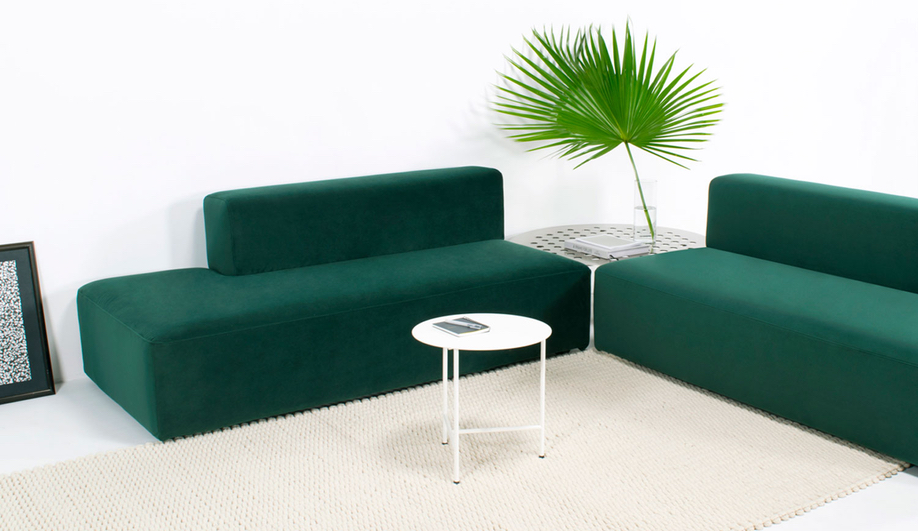
“Since we sell online, we always consider the shipping factor,” he says. “Our big pieces are designed to be taken apart for ease of delivery, such as the Expo sectional (below). It is quite bulky but all the pieces come apart and can be clipped back at home.”
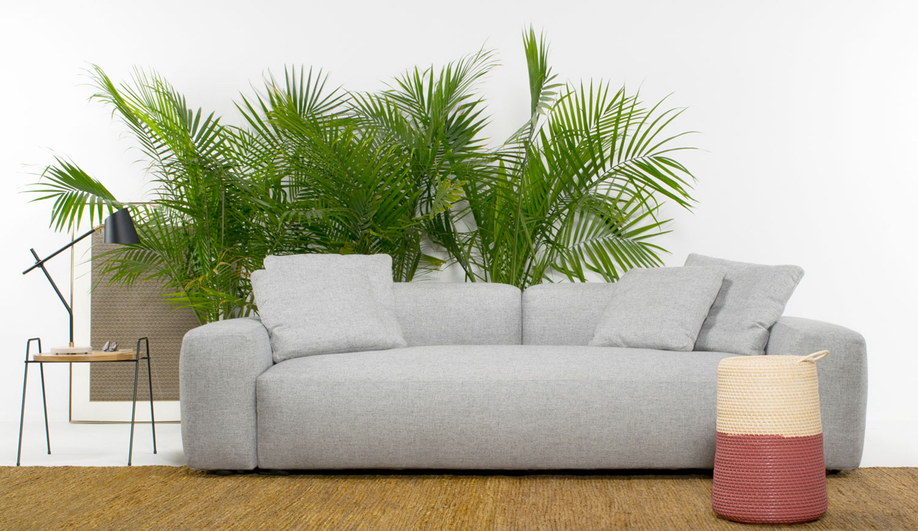
Unlike the traditional retailers in EdB’s space, the brand is also avoiding the pitfalls of fast-fashion furniture. Thien says removable covers bolster the longevity – and hence, sustainability – of their products, and sofas can be outfitted in dozens of fabrics and textures. (“Our collections are conceived from the get-go as systems vs. simple SKU,” he adds.) Pointing to the Dive sectional and Pivot table, Thien notes that EdB’s shapes and colours are immediately recognizable. He’s right: their Paprika-designed rugs, below, feature a single bold, graphic detail that could transform any room.

“Where we also try to be unique is in the volumes and shapes of our designs. If one can see it, then he or she is our customer,” he says. “If one cannot see the difference between our products and IKEA or other brands, then we probably do not speak the same language.”

Whether it be by eliminating inefficiencies (i.e. brick and mortar showrooms) or championing distinctive design, plenty of models are being tested by fledgling furniture brands. In Canada, Toronto-based Kvell, a favourite of many decor blogs, is an online-first retailer that enjoys distribution through shops such as Indigo and The Bay. Furniture Maison, which specializes in concrete-look products, establishes direct relationships with factories. Of note internationally, AngelList identifies 760 more furniture startups, from Feather and Floyd to TaskRabbit, which was recently purchased by IKEA, and connects users to freelance furniture builders.
Thus far, most furniture startups target consumers – and that base will only grow. “About 90 per cent of consumers still buy furniture through a brick and mortar shop,” says Article’s Baig, “so there’s so much opportunity in our industry.”
